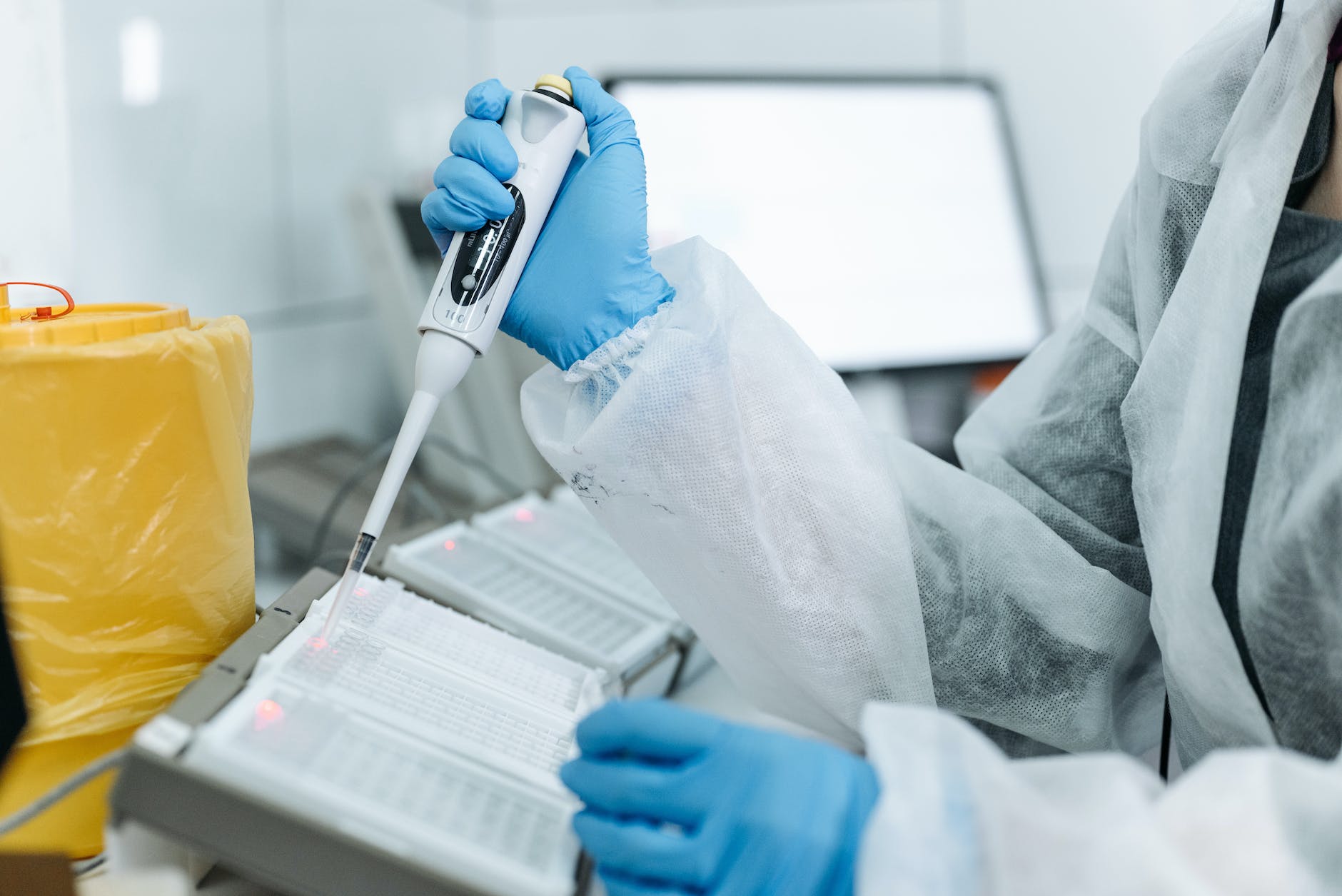Thomas Colette, a Tech Transfer Sequencing & Validation Scientist at Oxford Nanopore Technologies (ONT), prested a Masterclass at London Calling 2023 about PromethION flow cell loading. Since we are going to start using the P2, I wanted to revisit this recording I had watched previously and take some notes. I now have a better idea about the equipment and library prep kits. Colette presented the “sample to answer” diagram uses and focused on the second component of the prepare, sequence, analyze. The PromethION flow produces 100-200 Gbase data and is the flow cell with the largest capacity offered by ONT. The PromethION 2 Solo can sequence two flow cells at the same time. The PromethION flow cell has an inlet port to load the DNA and buffer, an array with pores, and waste channels. The flow cell is shipped with yellow storage buffer that is replaced by the sequencing buffer. There is a valve that is closed during sequencing to avoid evaporation. The valve is similar to the one of MinION flow cells. The inlet port can be accessed by rotating the valve clockwise. Upon opening the valve, a second array of pores is uncovered. Storage temperature of the flow cells is 2-8 degrees Celsius. The P2 Solo has connector pins and a silver plate. The pins should be free of moisture. The flow cell is placed on the silver plate and the connector pins are lined up. The flow cell is pushed in until it clicks. Upon inserting the flow cell, the port can be opened. A P1000 pipette can be set to 200 ul and increased to 230 to remove a small amount of buffer enter the flow cell. Flush buffer is introduced using a P1000 set to 500 ul. Since the volume is large, introduction can be done by steadily using the plunger to introduce most of the 500 ul to avoid introducing air bubbles into the array. For Flongles, ONT recommends turning the knob. After adding the flush buffer, the user waits five minutes and then introduces 500 ul of flush buffer. The library is introduced using a P200 pipette. Setting the P200 to 200 ul and gently resuspend the loading beads. This approach is different from the SpotOn sample loading for MinION flow cells. ONT recommends that for loading PromethION flow cells, a small amount of volume remains in the tip to avoid introducing air bubbles into the array. After loading and closing the port, the user waits ten minutes before starting the sequencing. The videos for the MinION and Flongle flow cell loading procedure were played in sequence, which made it easier to compare the approaches. The Flongle is similar to the PromethION flow cells because you pipette directly into the port instead of dropwise addition of the library needed for the MinION flow cells. Watching the demos several times for different flow cells helped learn about the process and considerations for the three flow cells. I think we are now ready to try PromethION flow cells!



